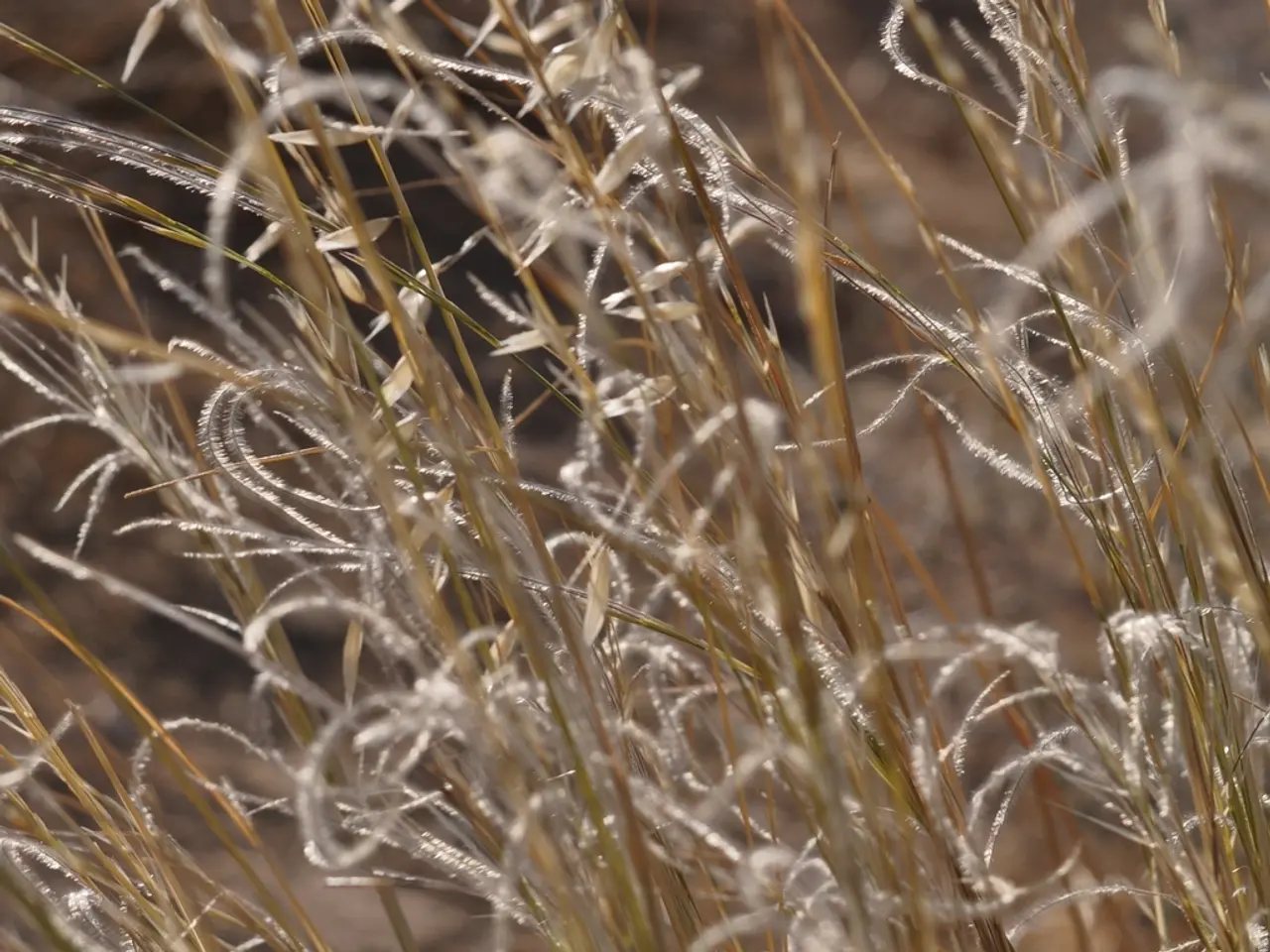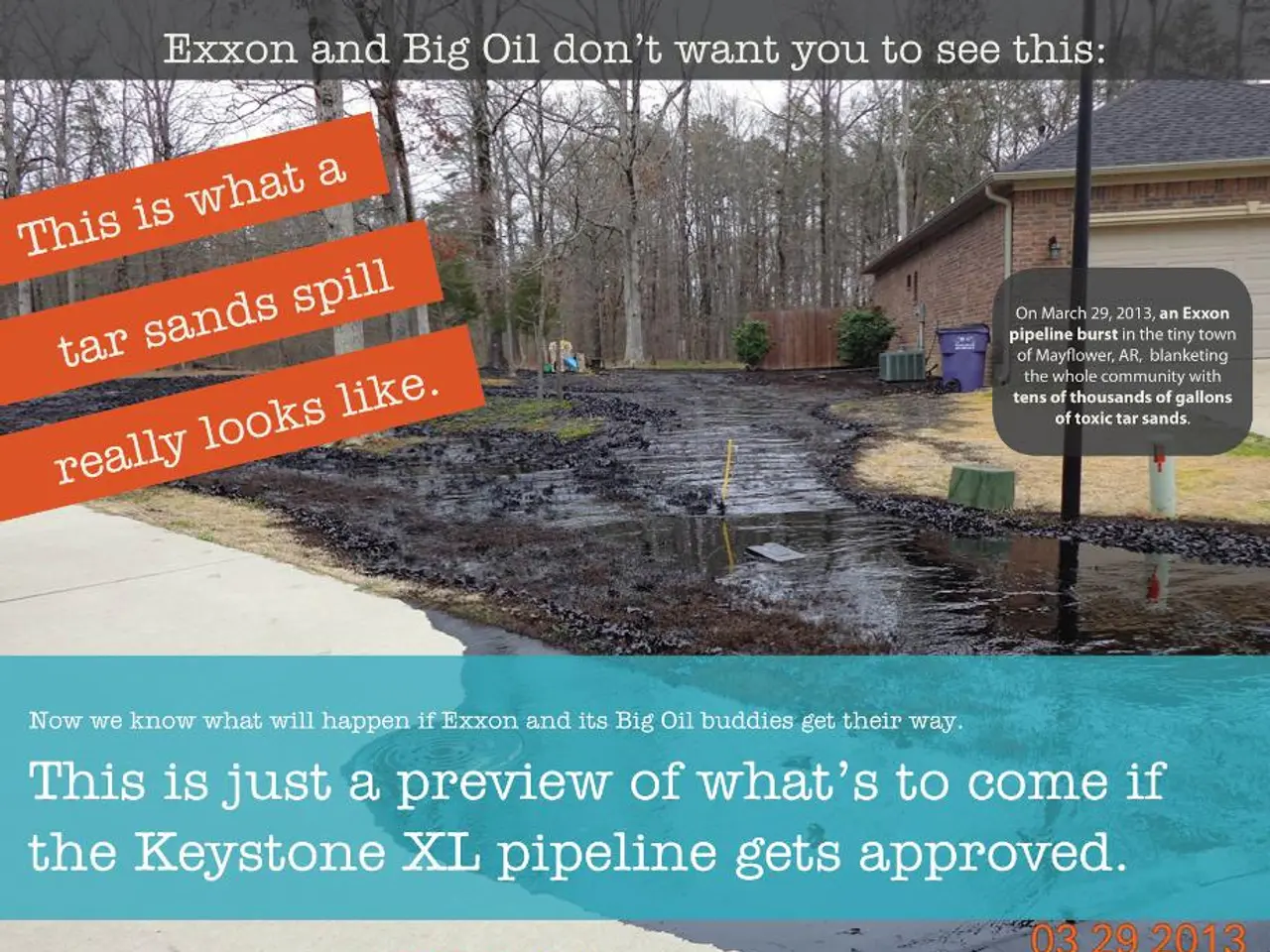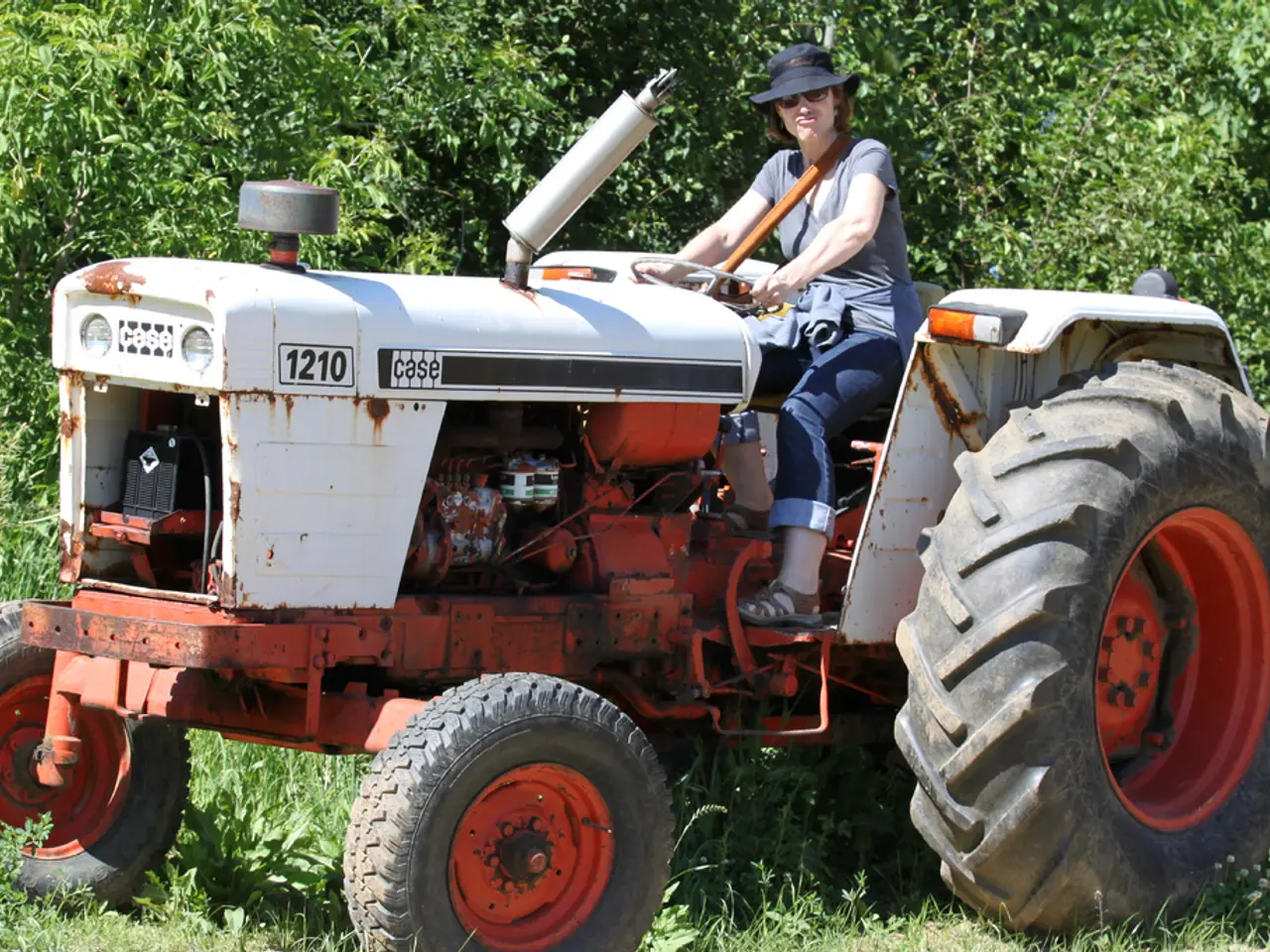Grass Fertilization Timing: Seasonal Guidance for Vibrant Yards
Glen, a gardening expert with over 15 years of experience, shares his knowledge on lawn maintenance through a helpful blog. One crucial aspect of lawn care is fertilization, a practice that plays a significant role in maintaining a lush and vibrant lawn.
Mowing and watering are essential for lawn maintenance, but fertilization is equally important. The best results come from regular mowing and deep but infrequent watering. However, the timing of fertilization is just as crucial as the method.
Spring and summer are the prime seasons for lawn care. For optimal grass growth, the right fertilization strategies are needed. The ideal time to fertilize grass depends on the type of grass—either warm-season or cool-season—and the local climate.
Warm-season grasses, such as Bermuda, Zoysia, and St. Augustine, should be fertilized in late spring to early summer when temperatures rise to around 80°F and the grass enters its active growth phase. A second application in midsummer or early fall may also be beneficial, depending on regional conditions. Avoid fertilizing warm-season grasses in late fall or winter as they go dormant then.
Cool-season grasses, like Kentucky bluegrass and ryegrass, grow best in cooler weather. The best times to fertilize these grasses are early fall and early spring. Fall fertilization supports strong root development for winter, while spring fertilizing aids recovery after dormancy.
A practical schedule for many lawns includes fertilizing around major U.S. holidays such as Memorial Day, Fourth of July, Labor Day, and early October, adjusted for grass type and growth pattern. For winter preparation, applying a high-potassium "winterizer" fertilizer about six weeks before the first expected frost (often October to November) helps cool- and warm-season grasses build reserves for winter survival and next season's growth.
When choosing a fertilizer, look for ones that list nitrogen, phosphorus, and potassium as key ingredients. For beginners, a well-balanced starter fertilizer is good for kickstarting growth in new lawns. Fertilizing during winter is generally not recommended, as most grasses are dormant and any force-feeding would be a waste.
Spring is the ideal time to apply nitrogen-rich fertilizers for encouraging healthy grass growth and a vibrant green look. Fertilizing at the right moment ensures that the lawn can absorb nutrients while staying resistant to cold, heat, and foot traffic.
Keeping tabs on the lawn's health involves looking for bare patches, weeds, and overall vigor. Addressing issues like bare patches and weeds is crucial for a thriving landscape. Soil tests reveal the nutrient composition, helping to guide fertilization decisions. Kits for soil testing often provide information about pH levels, nutrient deficiencies, and suggestions for amendments.
In summary, understanding the type of grass and the local climate is essential for successful lawn care. Fertilizing at the right time ensures a thriving landscape and a beautiful lawn throughout the year.
- To achieve optimal grass growth in the spring and summer for warm-season grasses like Bermuda, Zoysia, and St. Augustine, it's recommended to fertilize during late spring to early summer when temperatures rise to around 80°F and the grass enters its active growth phase.
- For cool-season grasses such as Kentucky bluegrass and ryegrass, the best times to fertilize are early fall and early spring, as these times support strong root development for winter and aid recovery after dormancy.




